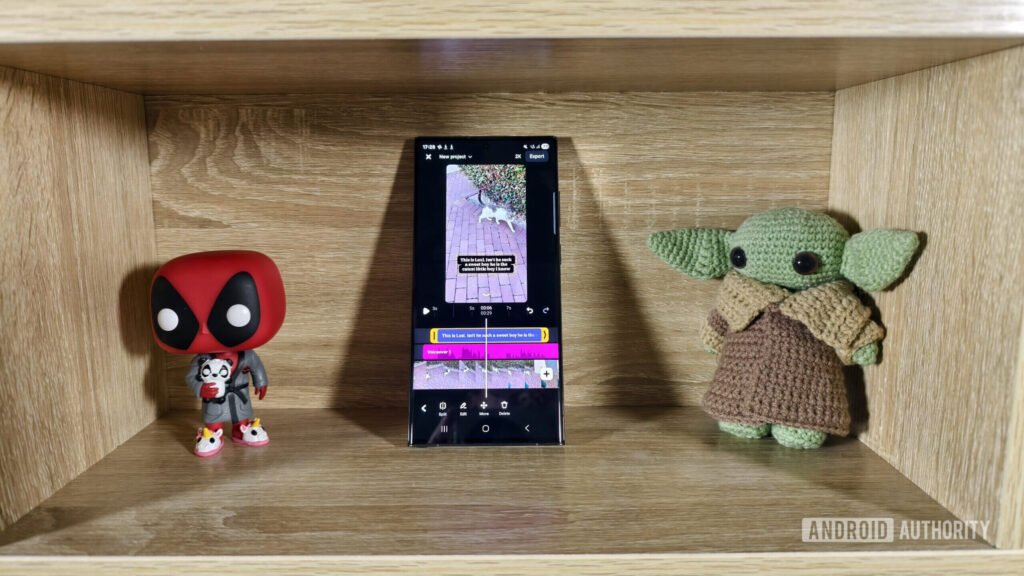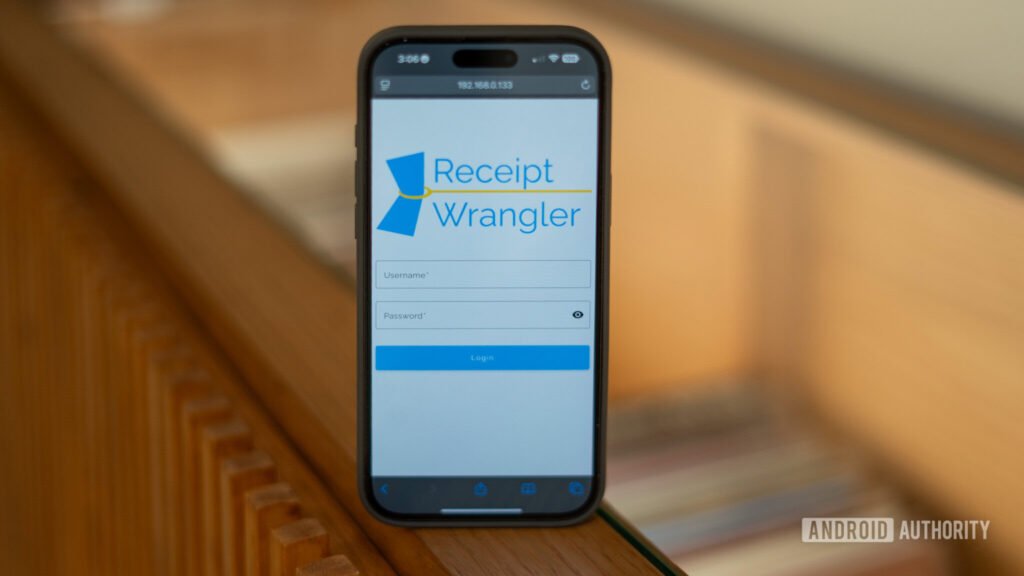Market Overview
The global mobile health (mHealth) apps and solutions market is undergoing rapid transformation, driven by the intersection of healthcare and digital technology. Mobile health applications are now integral to improving clinical workflows, enhancing patient monitoring, and making healthcare more accessible-especially in remote or underserved areas. These digital tools allow clinicians to document health records efficiently, improve communication, and access real-time health information, contributing to better patient care and lower operational costs.
As of recent market estimates, the global mobile health apps and solutions market is valued at over USD 60 billion, and it is expected to expand at a CAGR of 25-30% by 2032. The key drivers of this growth include rising awareness around chronic disease management, increased smartphone penetration, and growing demand for remote monitoring tools. North America leads the market, thanks to its advanced healthcare infrastructure and widespread use of mobile technologies, while Asia-Pacific, especially China and India, is forecasted to witness the fastest growth due to increasing government support and a large patient population.
Elevate your business strategy with comprehensive market data. Request a sample report now: https://www.persistencemarketresearch.com/samples/3744
Key Highlights from the Report
➤ North America is the leading region in terms of market share due to high digital health adoption.
➤ Connected medical devices are the most dominant product segment in the global market.
➤ Asia-Pacific is projected to record the highest growth rate, driven by technological advancements and government funding.
➤ mHealth solutions are significantly improving chronic disease management and patient adherence.
➤ Growing smartphone usage and mobile network penetration are fueling global demand.
➤ Regulatory constraints and data privacy concerns pose challenges to broader adoption.
Market Segmentation
The mobile health apps and solutions market is segmented primarily by product type into connected medical devices and healthcare applications. Connected devices include wearables and monitors such as cardiac trackers, diabetes management devices, and multiparameter tracking tools. These tools provide real-time insights and enhance chronic disease management. On the other hand, paid healthcare apps include wellness, fitness, medication management, women’s health, and sleep monitoring apps-often bundled with telehealth and educational resources.
Another important segmentation is based on end-users, including patients, healthcare providers, payers, and employers. Patients use mobile apps for health tracking, appointment scheduling, and chronic disease management. Healthcare providers utilize these apps for monitoring, diagnostics, and teleconsultation. Employers and insurance companies are increasingly adopting these solutions to promote workplace wellness and reduce healthcare expenses, thereby driving adoption across industries.
Regional Insights
North America dominates the market owing to high smartphone usage, robust digital infrastructure, and supportive regulations for health IT. The U.S. leads in both adoption and innovation, supported by initiatives from public health agencies and insurers focusing on chronic care management and remote monitoring.
Meanwhile, Asia-Pacific is showing exponential growth, especially in China and India. These countries are benefiting from government initiatives such as Digital India and Healthy China 2030, coupled with growing smartphone penetration and increasing investments in digital healthcare startups. The demand is also driven by a vast patient pool and underserved rural areas requiring remote access to care.
Market Drivers
The market is propelled by several key drivers, primarily the increasing incidence of chronic diseases such as diabetes, cardiovascular conditions, and obesity. These health concerns necessitate constant monitoring, which mobile health apps and connected devices provide. Additionally, technological advancements in mobile networks (3G, 4G, and 5G) and growing smartphone adoption are enabling seamless integration of mHealth solutions into everyday life.
Market Restraints
Despite the impressive growth, the market faces notable challenges. Stringent regulatory frameworks and concerns over data privacy and security can hinder market expansion. Moreover, lack of interoperability between apps and existing Electronic Health Records (EHRs) systems complicates the integration process. In developing regions, limited digital literacy and infrastructure gaps also act as barriers to adoption.
Market Opportunities
Significant opportunities lie in expanding mHealth services to underserved and remote regions, where traditional healthcare infrastructure is lacking. The emergence of AI-driven mobile health tools and integration with wearables like smartwatches are poised to redefine preventive care and personalized medicine. Furthermore, partnerships between tech giants and healthcare providers are creating fertile ground for innovation and scalability, especially in homecare and eldercare solutions.
Do You Have Any Query Or Specific Requirement? Request Customization of Report:
Frequently Asked Questions (FAQs)
➤ How Big is the Mobile Health Apps and Solutions Market?
➤ What is the Projected Growth Rate of the Mobile Health Apps and Solutions Market?
➤ Who are the Key Players in the Global Market for Mobile Health Apps and Solutions?
➤ What is the Market Forecast for Mobile Health Apps and Solutions for 2032?
➤ Which Region is Estimated to Dominate the Industry through the Forecast Period?
Company Insights
✦ Philips Healthcare
✦ Johnson & Johnson
✦ Medtronic, Inc.
✦ Airstrip Technologies, Inc.
✦ Samsung Electronics Co. Ltd
✦ Smart Online, Inc.
✦ Cardionet, Inc.
✦ Omron Corporation
✦ Aetna, Inc.
✦ Qualcomm, Inc.
✦ Diversinet Corp.
■ In 2024, Philips Healthcare launched a next-gen AI-powered mobile app for cardiac monitoring across major U.S. hospitals.
■ Samsung Electronics partnered with a leading telehealth provider to integrate its Galaxy Watch biometric tracking with remote consultation platforms.
Conclusion
The mobile health apps and solutions market is poised for transformative growth as the world moves toward digital-first healthcare. Increasing demand for real-time monitoring, rapid technological advancements, and rising healthcare costs are driving patients and providers to adopt innovative mobile health solutions. While challenges remain, especially in terms of regulation and data security, the market is well-positioned for sustained expansion-especially in developing regions hungry for accessible and affordable care. As connectivity and mobile usage continue to grow globally, mHealth stands as a pivotal element in the future of patient-centric healthcare delivery.
Contact Us:
Persistence Market Research
G04 Golden Mile House, Clayponds Lane
Brentford, London, TW8 0GU UK
USA Phone: +1 646-878-6329
UK Phone: +44 203-837-5656
Email: sales@persistencemarketresearch.com
Web: https://www.persistencemarketresearch.com
About Persistence Market Research:
At Persistence Market Research, we specialize in creating research studies that serve as strategic tools for driving business growth. Established as a proprietary firm in 2012, we have evolved into a registered company in England and Wales in 2023 under the name Persistence Research & Consultancy Services Ltd. With a solid foundation, we have completed over 3600 custom and syndicate market research projects, and delivered more than 2700 projects for other leading market research companies’ clients.
Our approach combines traditional market research methods with modern tools to offer comprehensive research solutions. With a decade of experience, we pride ourselves on deriving actionable insights from data to help businesses stay ahead of the competition. Our client base spans multinational corporations, leading consulting firms, investment funds, and government departments. A significant portion of our sales comes from repeat clients, a testament to the value and trust we’ve built over the years.
This release was published on openPR.








